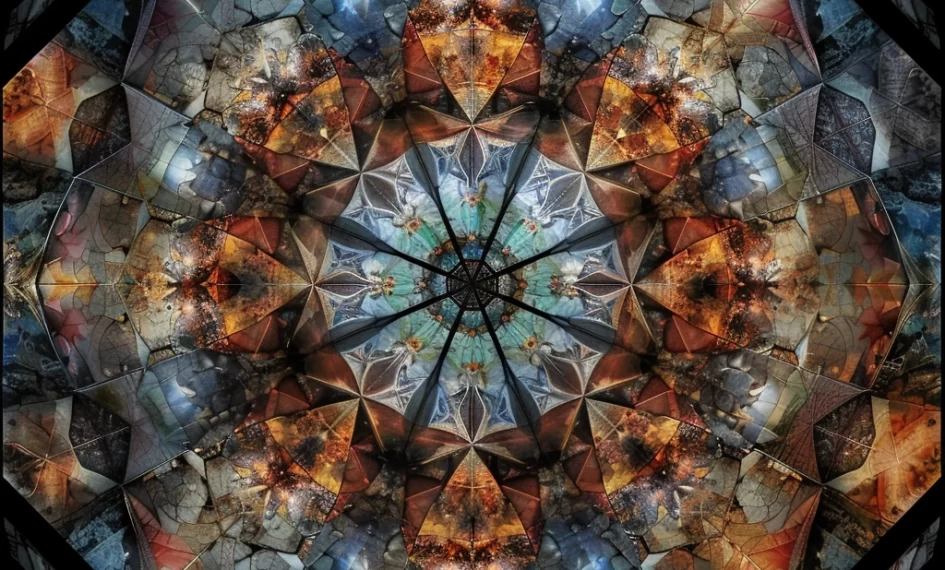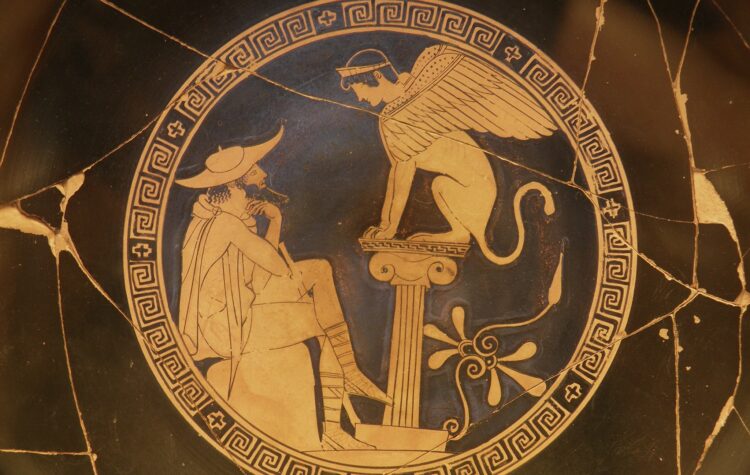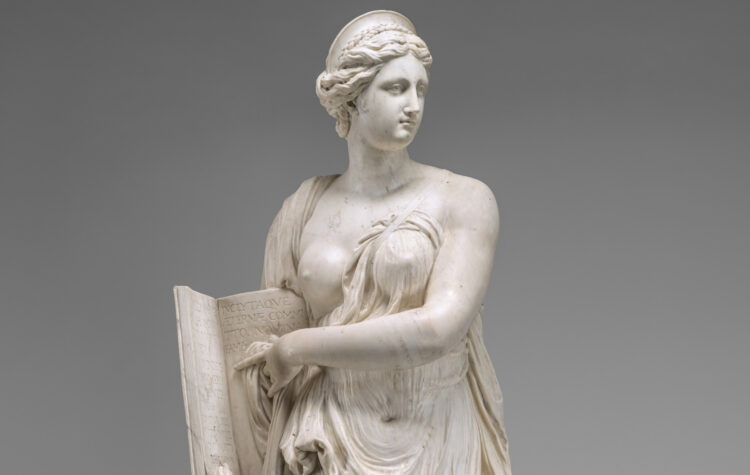Definition:
A kaleidoscope is an optical instrument that uses mirrors arranged in a tube to reflect pieces of coloured glass or other light-reflecting objects, creating symmetrical and often intricate patterns when viewed from one end. The patterns change as the tube is rotated, providing an ever-changing visual spectacle. Kaleidoscopes are not only popular as toys but also serve as artistic inspiration and tools for creative and educational purposes.
Etymology & Origin:
The term “kaleidoscope” originates from the Greek words “kalos” (beautiful), “eidos” (form, shape), and “skopeō” (to look at, to examine), thus meaning “observer of beautiful forms.” The device was invented in 1816 by Scottish scientist Sir David Brewster, who patented the design and named it based on its ability to generate a variety of beautiful shapes and patterns.



